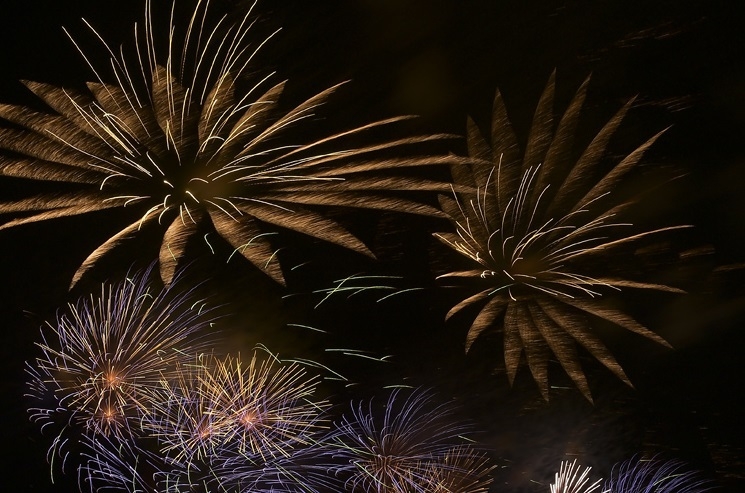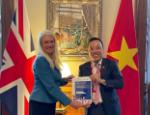Phu Tho plans fireworks display to commemorate Hung Kings
ABO/NDO - High-altitude fireworks will be set off in the northern province of Phu Tho on April 9 night ( the 9th day of the third lunar month) as part of the Hung Kings Temple Festival 2022.
According to Chairman of the provincial People’s Committee Bui Van Quang, the 15-minute fireworks show will be preceded by an art performance programme.
This year, the festival themed “Linh thieng nguon coi, Dat to Hung Vuong” (Hung Kings Land - Sacred Root), will mark 10 years since UNESCO recognised the worshiping rituals of the Hung Kings in Phu Tho as part of the world's intangible cultural heritage.
 |
| Phu Tho plans fireworks display to commemorate Hung Kings (Photo: VNA). |
Preparations for rituals and events during the festival have been carried out in accordance with the set plan, Quang said, adding that members of the organizing board have closely coordinated to ensure safety.
The Hung King Temple Festival is held annually from the 8th to the 11th days in the third lunar month to commemorate the Hung Kings – the legendary founders of the nation.
The Hung Temple Festival is one of the most important and sacred festivals of the Vietnamese people and is deeply embedded in the minds of every Vietnamese citizen, regardless of what province they come from.
This year, events held on April 10 or the 10th day of the third lunar month in the framework of the festival, including rituals, art performances and a ceremony to honour outstanding Vietnamese abroad, will be connected online to more than 40 countries and territories.
The events can be watched at https://www.facebook.com/quoctovietnamtoancau, and will be broadcast on such TV channels like Hung King TV Global, HITV and Future Now.
Hung King is the title given to the ancient Vietnamese rulers of the Hong Bang period (2879–258 BC). They were the Kings of Van Lang. The worshiping rituals of the Hung Kings was recognised as a UNESCO Intangible Cultural Heritage of Humanity in 2012.
(Source: NDO)
 về đầu trang
về đầu trang







